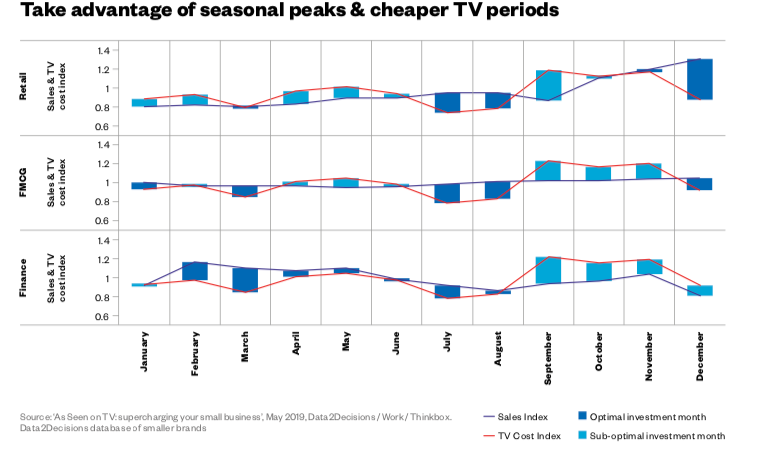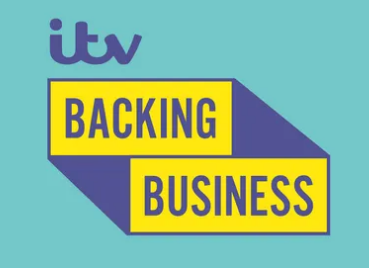
Thinkbox data
This study demonstrated the distinct roles played by long and short TV ads on TV advertising. It found that longer ads are better at driving narrative, key message recall, the memory of iconic imagery and positive brand perceptions. Shorter ads are supercharged when primed with a longer ‘story-led’ version. Both are needed as there is no cheap, one-size-fits-all silver bullet.
A consequence of the global tech giants joining the video world has been a shift towards shorter ads, sometimes fewer than five seconds. This is no bad thing in itself; short ads have an important role to play.
However, some advertisers considered cutting costs by creating just a single- length ad to work across all AV platforms. Agencies were asking Thinkbox about the impact of this strategy.
Here was an opportunity to demonstrate one of the unique environmental qualities offered by TV: the time it provides to tell
a story.
Tackling time length
The effects of ad time length are notoriously tough to research. This is because the impact of previous brand experience and exposure is incredibly difficult to extrapolate from the strength of the creative.
For example, a short ad might be hugely effective for a much-loved, recognisable brand with strong advertising heritage. But it may be significantly less impactful for a new brand building their proposition. Sixty seconds might work wonders for emotion-laden creative with a strong narrative. But it may fail to deliver for a brand with a weaker creative or an activation focus.
It’s virtually impossible to isolate these elements from the length of the ad. Ideally, you would start from a base
of zero with an entirely new bunch of brands, but the practicality of this makes it almost impossible, unless you create the brands’ yourselves, of course…
Brand-new old brands
A Matter of Time was conducted in partnership with Work Research and Walnut, who devised a methodology that cleared the biggest hurdle facing this kind of research: existing consumer bias.
The researchers identified four existing creative treatments for brands that were unknown in the UK but sat within categories familiar to people within this country. These were retail, insurance, broadband and washing detergent. To represent the creative diversity of TV advertising in the UK, three ads were ‘emotional’ treatments and one was a typically ‘rational’ ad.
Next, a team of ad agency creatives at George & Dragon re-worked the ads, including the logos and straplines, to give them completely new brand identities.
By creating new brand identities, the bias of past marketing exposure and individual brand history was completely eliminated.
Next, where necessary, the team
of creatives formed a set of cut-downs for each of the ads using the identical methods and processes that they use for their existing clientele. These cut-downs were then vetted by several different teams to ensure that creatively, they were cohesive and fair representations of
the original ads and brand propositions. Time-lengths were categorised as follows:
— Long: 60″
— Medium: 30”
— Short: 10”, 6” or 5”
The ads were now ready for the field and were taken into an online test where each iteration was shown, buried amongst a reel of other TV ads,
to 200 people.
Explicit vs. implicit perceptions
Each ad was tested against two factors:
— Explicit perception statements:
what people thought and consciously remembered about the ‘brands’
— Implicit brand perceptions tests: what people felt about them or thought they just knew for themselves
The latter was tested via Implicit Reaction Testing (IRT). If someone truly believes or disbelieves something, their initial reaction tends to be strong and automatic. The more doubt they have, the slower the reaction time, as the brain must consciously consider what is being processed and this
slows the response down.
In addition, around half of the respondents were tested again several days later to give an indication of the decay rate for the measured effects and the impact of repeat exposure.
Source Thinkbox


